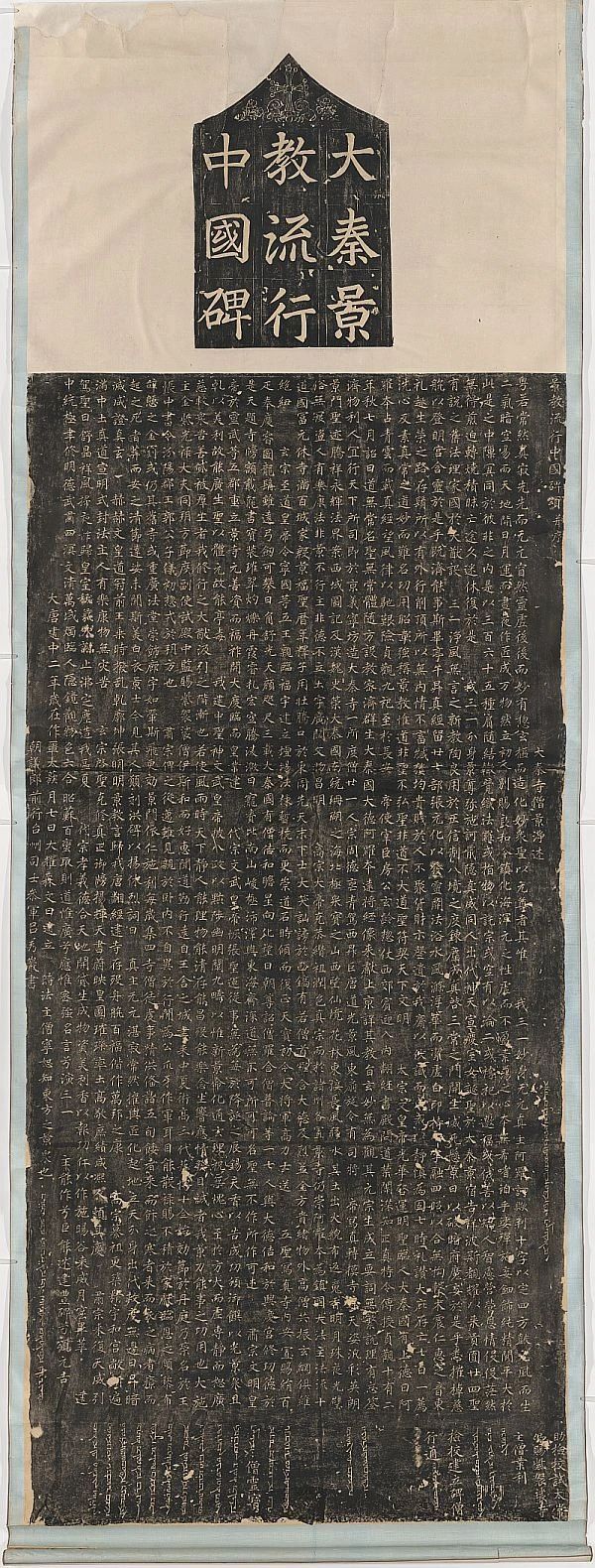In 323 BC, Alexander the Great died in Babylon, and in the chaos that followed, a small event that changed history took place— his former general Seleucus introduced a new method of calculating the passage of time. Seleucus later won a vast kingdom, and his era was known as the "Seleucid Era". The new method of calculating time he introduced was the world's first continuous, irreversible chronology. Add one every other year, objectively cold, and do not change for any situation.
This is the progenitor of each of the subsequent similar chronology systems, including the Christian Christian chronology of Christ, the current AD chronology, the Judaist genesis chronology, the Islamic Hijra chronology, the French Revolution chronology, as well as the Buddhist calendar, the short-lived Yellow Emperor calendar during the Republic of China, and so on.
The Seleucid chronicle begins with Seleucus I's return to Babylon in 311 BC after he took refuge in Egypt, a year recognized by Seleucus and later the Seleucid royal family as a sign of the establishment of the Seleucid Empire.
This chronology continued to be used in Western Asia until the 6th century, as seen in The Zebed inscriptions in Syria, as well as in the Jewish community of Yemen. In the unexpectedly long time in East Asia, the Syrian part of the "Great Qin Jingjiao Popular Chinese Stele" erected by Christians in Xi'an in the Tang Dynasty mentioned: "The Greek era of Shiwei is 192 years." This "tiao calendar" of 1092 (781 AD), that is, the Seleucid year is adopted.

As for the Buddhist calendar, although the ancients discussed the birth of the Buddha and the time of entry and death on the issue of "whether Lao Tzu and the Buddha are at the same time", the current Buddhist calendar, in fact, like the Yellow Emperor calendar, is established in comparison with the Common Era era.
Before the "ruthless and ruthless" chronology, all the ancient civilization dating methods were nothing more than these: special event chronology, imperial chronology, and dynastic life cycle chronology (the ancient Chinese chronology of the year star and the dry branch chronology, which are cyclical years, are difficult to establish unique values by themselves).
The Spring and Autumn Classics use the chronology of the Lu state monarchs, so that later generations will record the Spring and Autumn events in this chronology. For example, "Zheng Boke Duan Yu Yan" is in the year of Lu Yin," but it is not recorded as the forty-ninth year of King Ping of Zhou or the twenty-second year of Zheng Zhuanggong.
And when ancient Greek historians recorded major events, they always wrote down three important dates (a certain year of the priests, a certain year of the Spartan ombudsman, and a certain year of the Athenian consul), thucydides wrote about the time of the outbreak of the Peloponnesian War:
The thirty-year truce and peace treaty established after Euboia's reconquest continued to be valid for fourteen years. In the fifteenth year, this was the forty-eighth year of the priestess of Yagoskrai, the year in which Sparta Inisias was the Ombudsman, two months before the reign of the Athenian consul Pisodorus, and six months after the Battle of Portidaea, in the early spring, an army of Thebes ... Around the time of the head, the armed forces marched into Platia, a town in Piotia and an ally of Athens. ”
Today we can simply write "431 BC", but Thucydides had to synchronize the "first shot" of war with his diplomacy, religion, internal affairs, military, seasons and specific points in time, and this method of telling the times had a profound connotation. This is the way of thinking of the ancients.
And since the advent of a transcendent, universal, absolute, independent, and regularly growing digital chronology, it has brought not only convenience, but decoupled the chronology from political events, the life cycle of rulers or conquerors. It no longer depended on imperial bureaucrats or the literati elite. It can be used to correlate events that are far apart.
Some say it was a revolution in time: before 311 B.C., timing was local and irregular, and then became universal and linear. History has changed.
Of course, the Anno Domini is not so transcendent, mainly because of the Christian concept of time, which is very special. But when we say "Common Era", we actually come from the word "Common Era", which aims to remove the religious color of AD. Common Era's commonon naturally means "common", but it is also what Benjamin calls "homogeneous, empty time", and now we have a better symbol of this "homogeneous, empty time": UNIX timestamps.
After this homogeneous, empty calendar has turned an undifferentiated page, we who are obsessed with meaning for ourselves still think that time has been updated and the New Year has arrived.